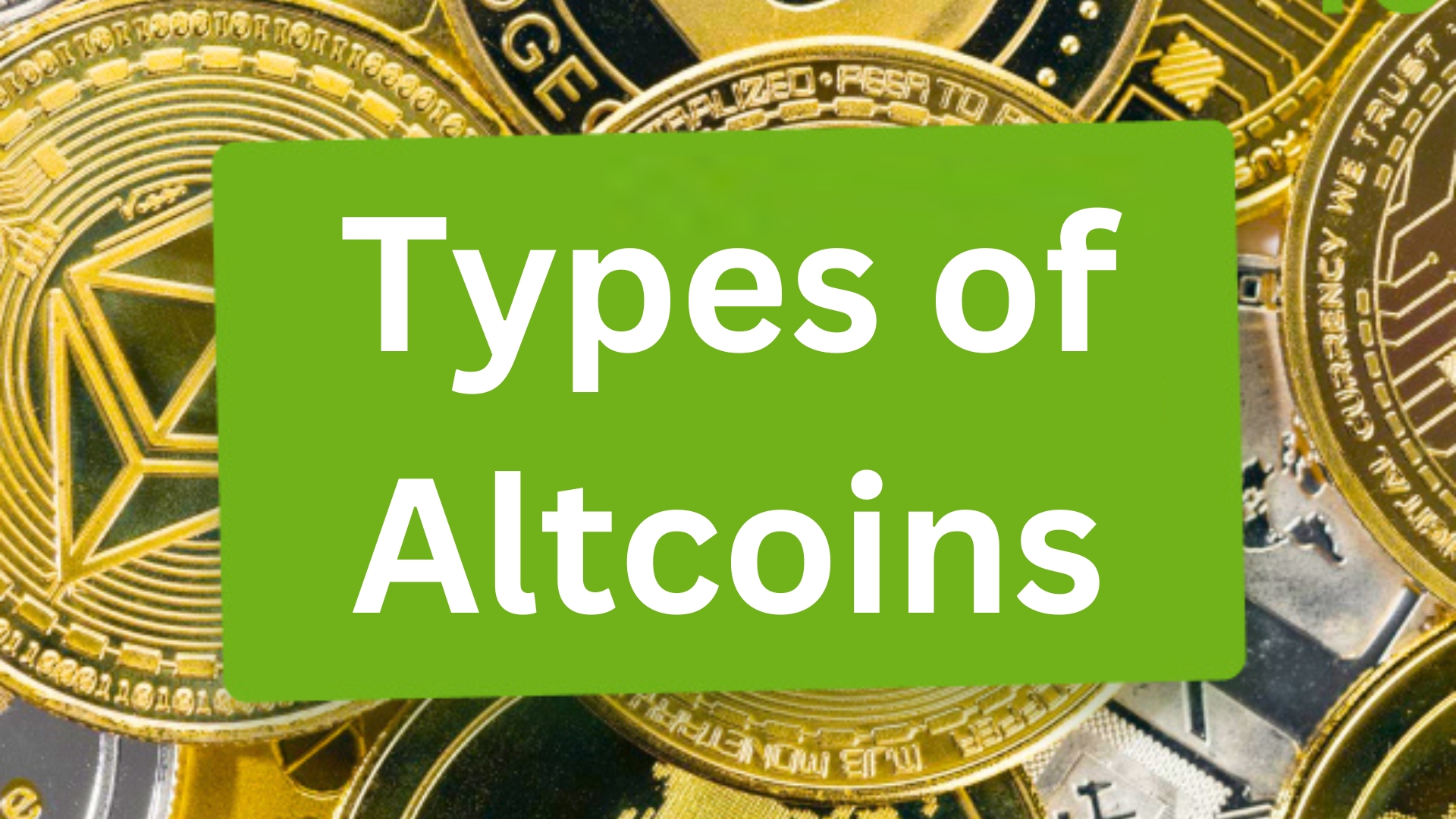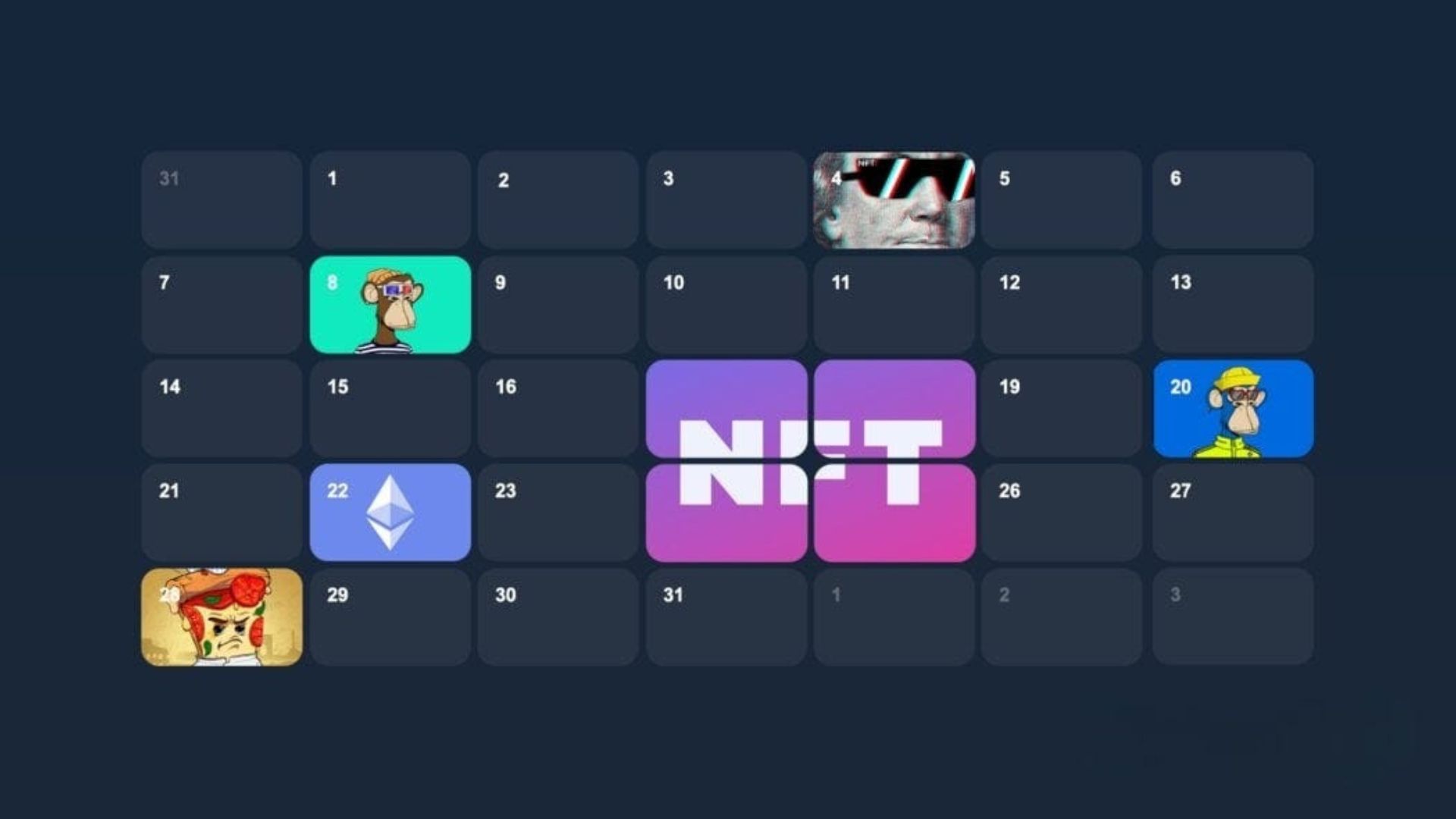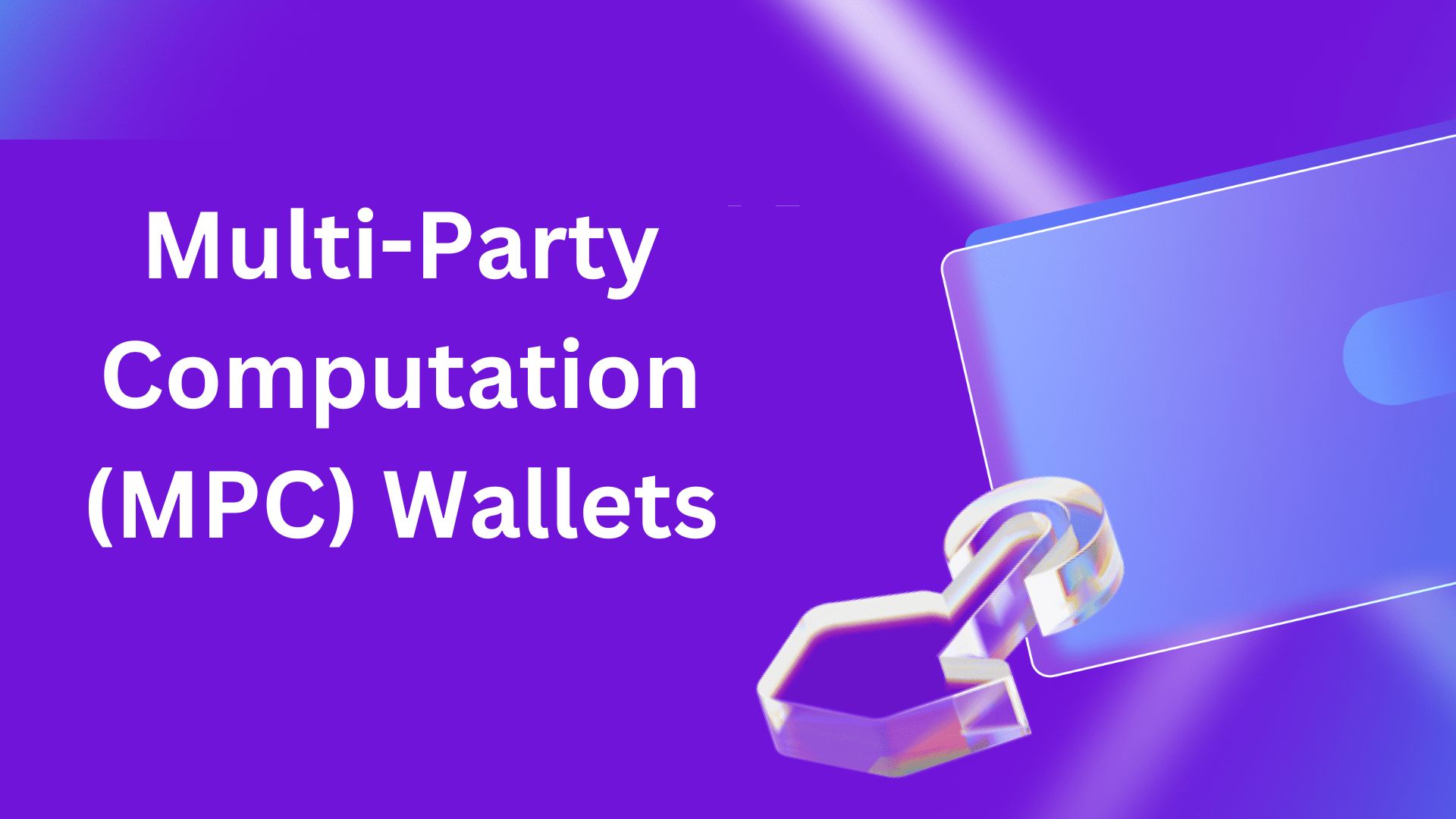What is an Altcoin? An Ultimate Guide to Cryptocurrencies

What is an Altcoin? An Ultimate Guide to Cryptocurrencies. Altcoins—a portmanteau of “alt” (meaning “alternative”) and “coin” (meaning “cryptocurrency”)—are all coins except Bitcoin BTC $43,107. Cryptocurrency Bitcoin introduced blockchain technology after the 2008–2009 financial crisis. Bitcoin has transformed the banking world and become the “gold standard” of cryptocurrencies. Its first-mover advantage has made it the stable equilibrium among blockchain-based coins. Other cryptocurrencies have been created to solve Bitcoin’s technological and practical concerns. Is Ethereum a cryptocurrency?
Second- and third-generation blockchain-based cryptocurrencies like Litecoin (LTC) at $68.12 and Ether (ETH) at $2,320 followed altcoins. Alternative cryptocurrencies are priced in BTC, even if Bitcoin is quoted in fiat currencies like dollars, yuan, and euros. To answer “How can I purchase or sell altcoins?” How does Bitcoin differ from altcoins? Should one buy Bitcoin or an altcoin?
Types of Altcoins

Some alternative cryptocurrencies include stablecoins, altcoins based on decentralized finance (DeFi), altcoins based on proof-of-work (PoW) or proof-of-stake (PoS) consensus processes, and still others.
PoW and PoS altcoins
The Bitcoin network uses the Proof-of-Work consensus mechanism for transaction verification and processing. You may find LTC, Bitcoin Cash (BCH), Zcash (ZEC), and others among the other proof-of-work altcoins. In contrast, under the PoS architecture, validators are responsible for verifying transactions rather than miners. The energy-intensive PoW approach pushes Ethereum to switch to the PoS consensus mechanism. Among other PoS altcoins, you may find Cosmos ATOM ($9.28) and Tron TRX ($0.1130).
Stablecoins
A stablecoin is a cryptocurrency whose value is fixed to a fiat currency, such as the US dollar. One unit of the pegged fiat currency equals one unit of the stablecoin’s value. For example, the value of the stablecoin Tether USDT $1.00 is tied to the value of the USD. The stablecoin’s issuer often maintains a cash reserve or other assets equivalent to the circulating coin supply to achieve the peg. That way, holders will get their money back if the currency fails or has problems.
DeFi altcoins
DeFi stablecoins, built on the blockchain, enable users to borrow and lend their cryptocurrency holdings, allowing them to earn passive income. You may purchase DeFi cryptocurrencies such as Compound COMP for $55.08, Synthetix SNX for $3.18, and Uniswap UNI for $6.19.
What’s the Difference Between Bitcoin and Altcoins?
Differentiating themselves from Bitcoin, altcoins address Bitcoin’s purported shortcomings by enhancing Bitcoin’s functionality. A comparison of Bitcoin to other alternative cryptocurrencies, including Ethereum, ZEC, LTC, and BCH, follows.
Litecoin vs. Bitcoin

To make minor enhancements to the original Bitcoin technology, Litecoin was created on October 7, 2011. While Litecoin shares many similarities with Bitcoin, there are also some crucial differences. For instance, LTC hoped that the network performance would increase if more transactions could be processed in the same amount of time. Thus, they cut the time needed to build a block from 10 to 2.5 minutes. The orphaned blocks, which miners have solved but were not chosen as the blockchain’s following path, are sacrificed to decrease the block time. Litecoin ran into scalability issues in December 2017 because miners could not handle the massive volume of transactions.
Litecoin solved these problems by implementing Lightning Network, SegWit, and Mimble Wimble to reduce network congestion. In addition, Litecoin uses a different algorithm than Bitcoin, allowing it to use computing power more by relying more on a mining computer’s memory than the original code. Litecoin employs Scrypt, whereas Bitcoin employs the SHA-256 algorithm. Lastly, the total quantity of LTC coins has increased from 21 to 84 million, which differs from BTC. This makes Litecoin seem more realistic and accessible to people with low numeracy abilities since the same exchange in Litecoin would cost 2twounits instead of 0.5 units in Bitcoin.
Ethereum vs. Bitcoin
Ethereum, like LTC, debuted on July 30, 2015, and functionally differs from Bitcoin. In place of Bitcoin, a digital currency, Ethereum implements the blockchain concept to create a decentralized Turing-complete virtual computer. Ethereum is a distributed virtual machine that allows users to execute programs and scripts from any location on the network. With the advent of smart contracts, Ethereum demonstrated the underlying rationale of decentralized apps. When compared to Bitcoin, Ethereum’s operation is very different. Ethereum blocks take 14 seconds to process and are limited by computational expense; however, the supply is infinite.
The smart contracts, scalability, disinflationary supply, and impending switch to a PoS algorithm and innovation layer that Ethereum offers give ETH inherent value, in contrast to Bitcoin’s non-intrinsic worth.
Bitcoin Cash vs. Bitcoin
Forked from the original Bitcoin network on August 1, 2017, Bitcoin Cash is an updated network version that uses SegWit to address Bitcoin’s scalability problems. Nevertheless, subsequent users adjusted their strategy to increase the block size from 1 MB to 8 MB, reducing transaction fees and enabling an eightfold rise in the number of transactions per 10 minutes. On top of that, Bitcoin Cash advocates think it works better as a medium of trade than Bitcoin does as a store of value.
ZCash vs. Bitcoin
With the introduction of Zcash on October 28, 2016, Satoshi Nakamoto proposed a block time of 10 minutes, but it was later cut to 2.5 minutes. To facilitate anonymous transactions, Zcash builds upon Bitcoin’s concept of “pseudonymity”—the practice of having unknown owners but publicly viewable addresses—. With more complex transactions coming with more data, ZEC decided to use a block size of 2 MB—double that of BTC—to accommodate everything.
How Do I Buy Altcoins?

Is it a good idea to put money into alternative cryptocurrencies? Please read on if you want to learn the procedures to accomplish this.
Choose Your Altcoin Portfolio Percentage
Your level of comfort with risk will dictate your approach when investing in cryptocurrencies. Decide how much cryptocurrency exposure you wish to have in your portfolio based on your expected risk-reward profile.
Research Altcoins to Invest in
To start trading altcoins, research each project’s website, social media accounts, and development team to find the finest altcoins. You can tell the initiative is legitimate based on all these facts. Before you acquire altcoins, make sure your wallet can handle them. If not, you might want to use a different cryptocurrency wallet.
Select an Exchange and Currency Pair
If you want to buy altcoins using fiat, you might have to buy Bitcoin first because some exchanges don’t support it. The next step after getting BTC is finding an exchange to trade your cryptocurrency for Bitcoin. After you’ve settled on the most suitable exchange, you’ll have to sign up. Following registration, you must send a portion of your Bitcoin to the exchange. Remember that you are dealing in conversions between currencies; as a result, the Bitcoin will be transformed into your alternative coin.
The interaction should continue if the first two questions have “yes” answers and the last one has a “no” answer. On the other hand, you can sign up with a compromised exchange depending on their response to the incident, the thoroughness of their investigation, and the security measures they put in place.
Trade BTC for Your Favorite Altcoin
You can purchase digital currencies when your fiat currency or Bitcoin reaches your exchange account. Whenever you are ready to exchange Bitcoin for altcoins, place an order for your preferred altcoin.
Crypto Wallets Store Altcoins
Your precious cryptocurrencies must be kept on the exchange after the deal is finalized. But if you’re in it for the long haul, you should keep your crypto assets in a wallet and not on an exchange. As an altcoin wallet, you can pick from various options: hot, cold, web, mobile, or desktop.
What is Altcoin Season?

In the cryptocurrency market, there is a time called “altcoin season” when the price of many altcoins surges higher than Bitcoin and fiat currencies like the US dollar. When Ethereum’s innovative contract feature sparked the creation of several other coins in 2017, the first altcoin season happened at the height of Bitcoin’s journey. Thanks to Bitcoin’s price increase, many crypto-investors have made a killing. The cryptocurrency market, however, is experiencing an altcoin season when other investors are trying to make a fortune there.
Predicting the upcoming Bitcoin season is hardly an exact science. Still, if you’re looking for a unique tool to gauge market mood and determine if altcoins or Bitcoin dominate the cryptocurrency market, the Blockchain Center has you covered with their Altcoin Season Index. The rise of Dogecoin and Shiba Inu, two meme coins, and other nonfungible tokens contributed to the emergence of the altcoin cycle.
Future of Altcoins
Adding altcoins to your investing portfolio is a cheap method to diversify your holdings beyond Bitcoin. In addition, investors can have a say in the project’s governance decisions. The cryptocurrency market offers a wide variety of altcoins. Nevertheless, only those with solid use cases can weather the storm and ultimately become industry leaders. The lack of regulation also creates several dangers for cryptocurrency investors. However, as the Bitcoin industry develops, regulatory concerns will be mitigated.





